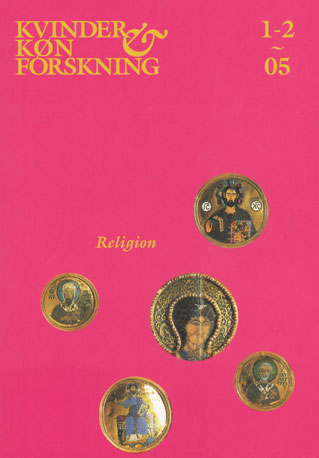Gendering Secularisation Theory
DOI:
https://doi.org/10.7146/kkf.v0i1-2.28121Resumé
Major theories of secularisation have been gender blind, with the result that men's experience of modernisation has been made central to explanations of religious decline. This paper attempts to show how greater attention to women's distinctive experiences can help extend the explanatory power of secularisation theory. It begins by introducing two main ‘stories' of secularisation, articulated by Weber and Marx, which have shaped much subsequent theory about religious decline. Looking first at industrial society, it shows how the distinctive experiences of modernity, which Weber and Marx discuss, have to do with largely masculine forms of labour. Women's labour, far more confined to the domestic sphere, would not necessarily have had the same secularising impact – which may help explain why industrial modernity witnesses only relatively gentle rates of congregational decline. Women's continuing commitment to the churches also helps explain many transformations in the nature of Christian belief and practice in the modern period. Moving into the period of late modernity, from the 1960s, the paper notes a significant increase in the rate of church decline in recent decades, and suggests that this can be explained in terms of changing patterns of women's labour, as differentiation between male and female work begins to diminish. Persistent differences, however, including women's continuing disproportionate responsibility for the work of care, continue to impact upon the nature of male and female religious and spiritual participation in contemporary west-ern societies.Downloads
Publiceret
2005-04-23
Citation/Eksport
Woodhead, L. (2005). Gendering Secularisation Theory. Kvinder, Køn & Forskning, (1-2). https://doi.org/10.7146/kkf.v0i1-2.28121
Nummer
Sektion
Artikler
Licens
Udgivelser i Kvinder, Køn og Forskning er beskyttet under Creative Commons License: CC Attribution-NonCommercial 4.0

